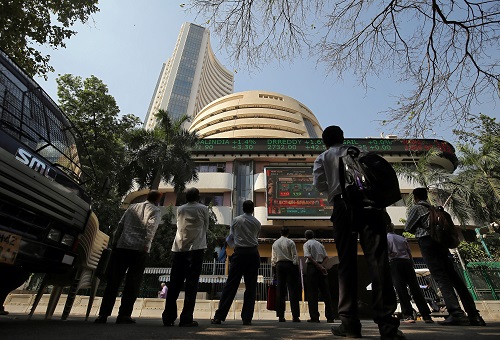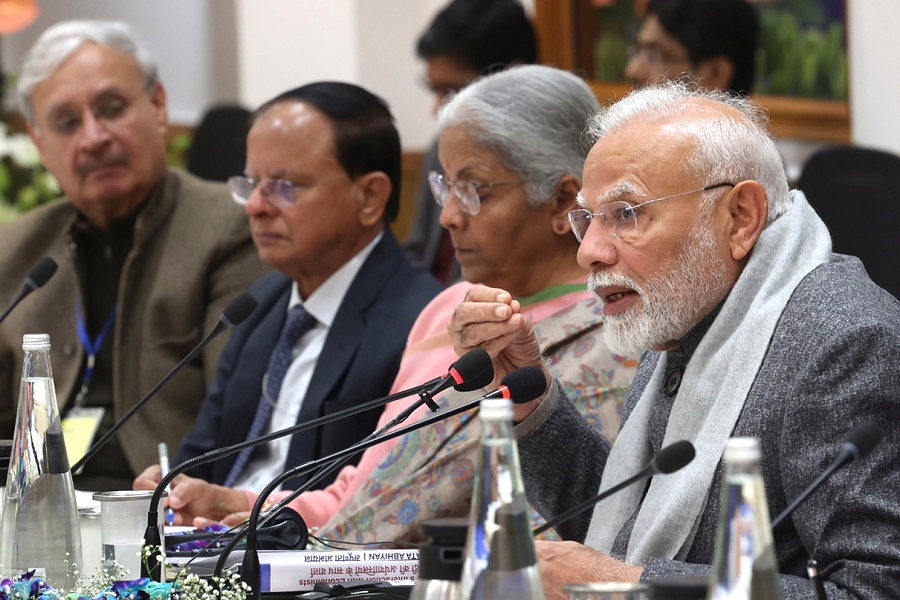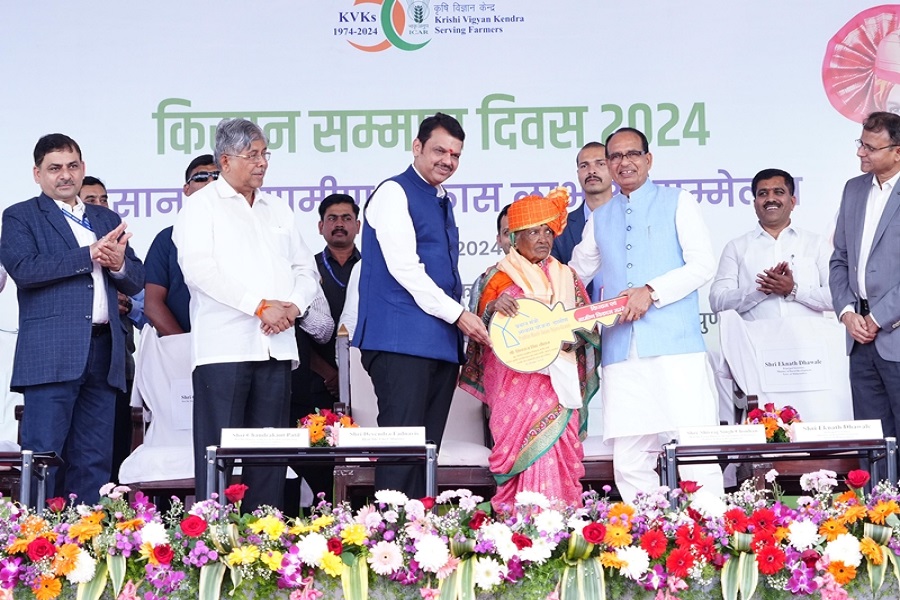ICEA shares blueprint for India to become a global leader in chip value chain
Follow us Now on Telegram ! Get daily 10 - 12 important updates on Business, Finance and Investment. Join our Telegram Channel
As India embarks on its ambitious semiconductor journey, providing strategic support for chip design firms, bridging the skill gap, enhancing funding mechanisms, leveraging global opportunities and investing in refurbished fabrication units will catapult the country to the forefront of the global semiconductor industry, a report showed on Thursday.
In March, Prime Minister Narendra Modi laid the foundation stone for three semiconductor projects worth Rs 1.25 lakh crore. The first 'Make in India' chip is all set to arrive in December, from the Rs 22,500 crore Micron semiconductor plant in Gujarat.
According to Union Railways and IT Minister Ashwini Vaishnaw, the country will not only meet its demand for semiconductors by 2029 but also start exporting them, while fabricating "300 crore semiconductor chips in a year".
In light of recent developments in the domestic chip manufacturing sector, the India Cellular and Electronics Association (ICEA) released a report here that details the strategic roadmap and actionable recommendations for the country, specifically building semiconductor design and core IP creation.
"As we navigate through a transformative era in electronics manufacturing and hi-tech technology, India stands at a pivotal juncture to redefine its role in the semiconductor value chain," said Pankaj Mohindroo, Chairman of ICEA, which is the electronics industry’s apex body.
The report emphasised the critical need to develop a holistic design ecosystem that encompasses the entire electronics value chain.
This includes encouraging major Indian corporates and original equipment manufacturers (OEMs) to delve into semiconductor design and core IP creation, thereby ensuring a vibrant domestic semiconductor design landscape.
It also advocated for significant governmental and policy support, recommending the inclusion of mask sets in the design-linked incentive (DLI) scheme.
“Subsidising the cost of mask sets by up to 80 per cent for Indian design firms is proposed as a measure to facilitate the emergence of a strong Indian Intellectual Property Rights (IPR) framework,” the findings showed.
It also underscored the importance of innovative funding approaches to support the semiconductor design ecosystem.
"With the global shift in semiconductor manufacturing dynamics, particularly due to US sanctions on China, ICEA sees a strategic opportunity for India to advance into sub-14 nm technology nodes," the report mentioned.
India could leverage spare capacities, like Taiwanese giant TSMC's for 7nm technologies, to accelerate its entry into advanced semiconductor manufacturing.
"This report is a clarion call for unified action across government, industry, and academia to propel India into a leadership position in the global semiconductor arena," Mohindroo noted.

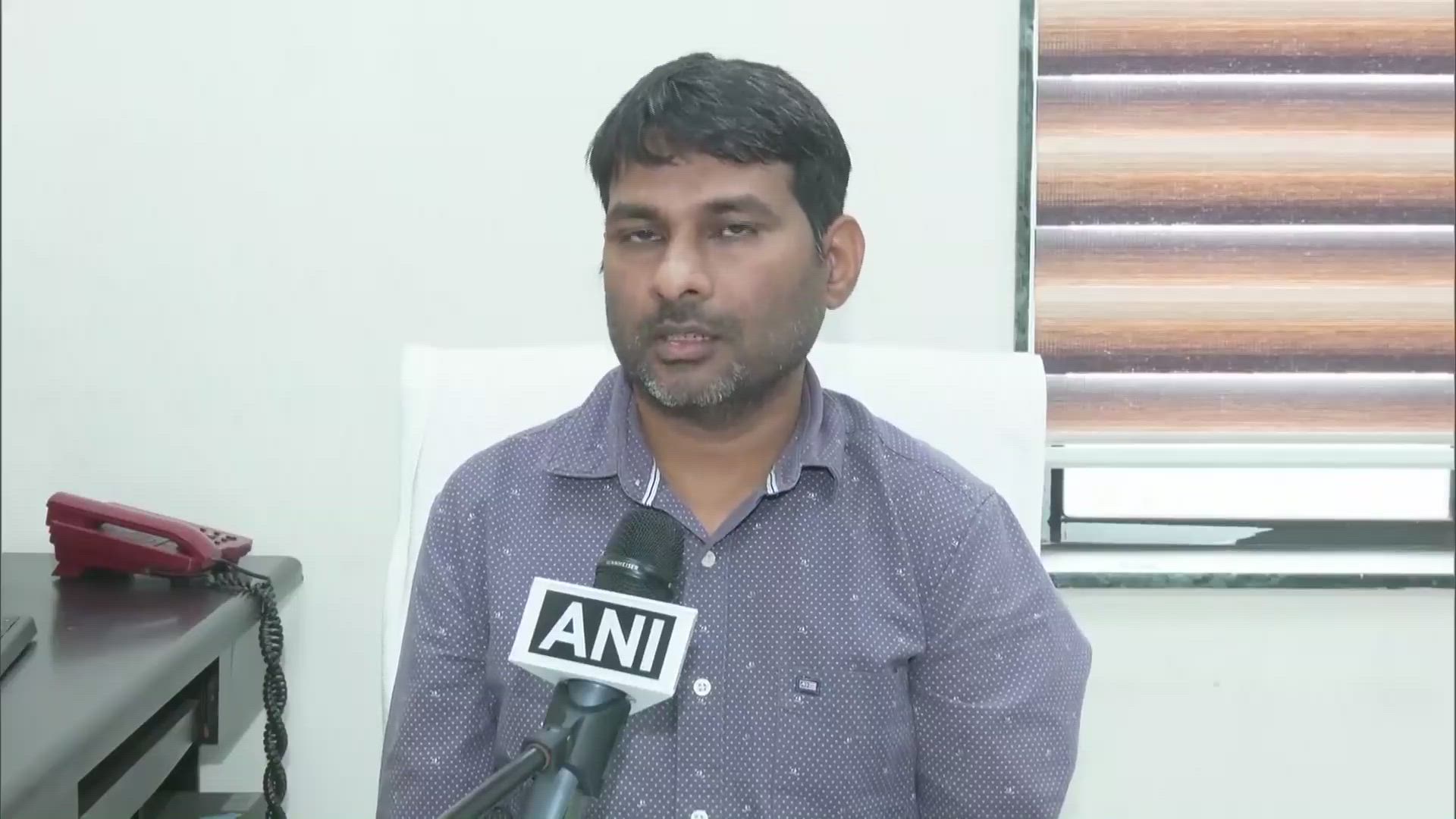


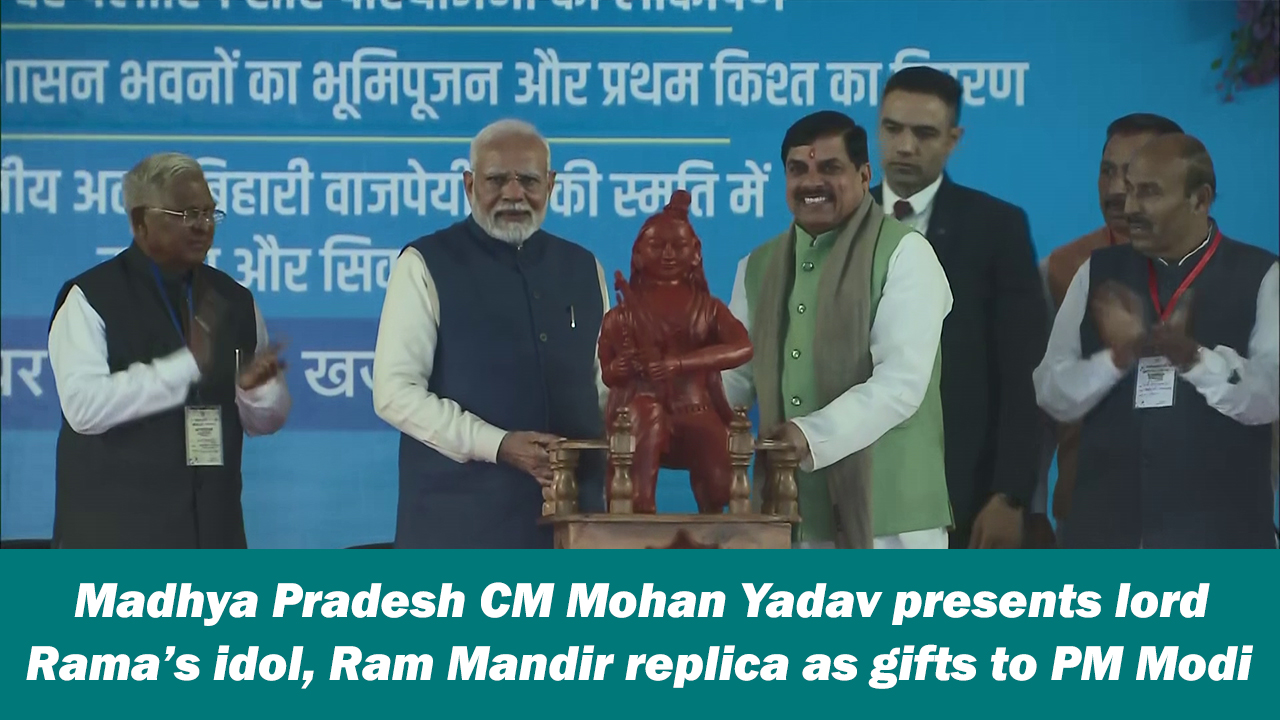

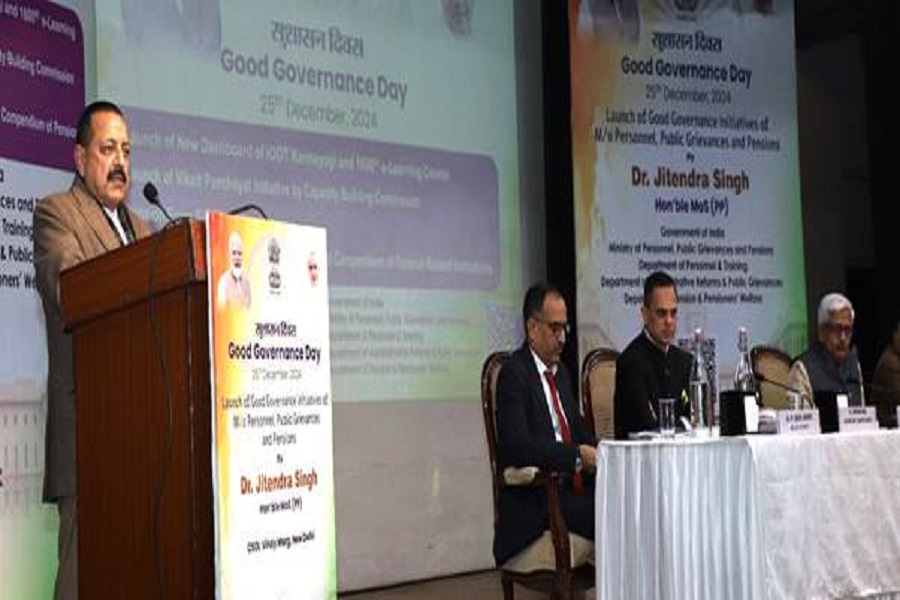





 320-x-100_uti_gold.jpg" alt="Advertisement">
320-x-100_uti_gold.jpg" alt="Advertisement">




